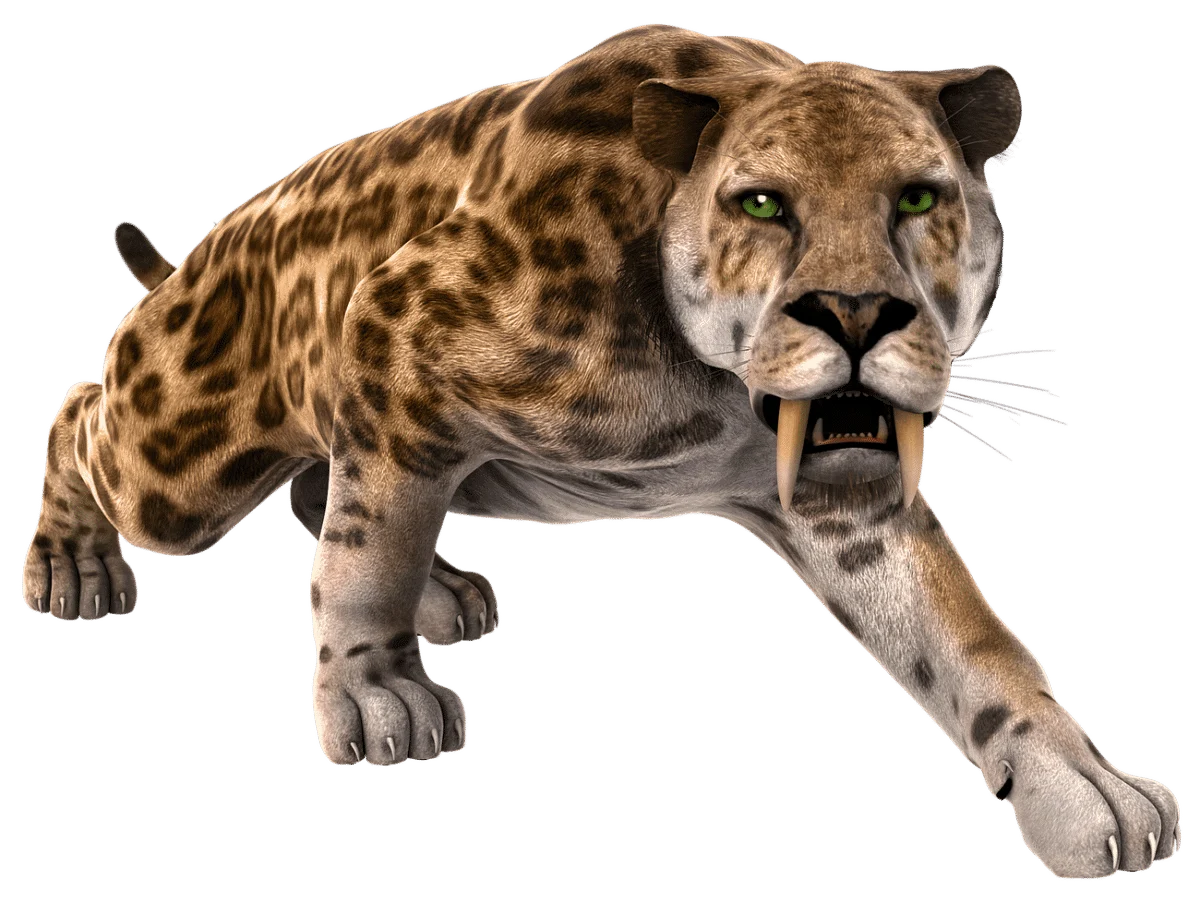Welcome to the mesmerizing world of the largest saber-toothed tiger species – the Smilodon populator. As one of the most awe-inspiring predators, this majestic creature is a fascinating subject. With its impressive size, sharp canine teeth, and unique hunting skills, the Smilodon populator posed to be a formidable threat to its prey during the Pleistocene epoch.
Let’s look deeper into this enigmatic predator’s physical and behavioral traits and the various environments it roamed. Join us on a journey of discovery as we explore the intriguing world of the Smilodon populator and gain a greater appreciation for the incredible feats of nature that existed on our planet millions of years ago.
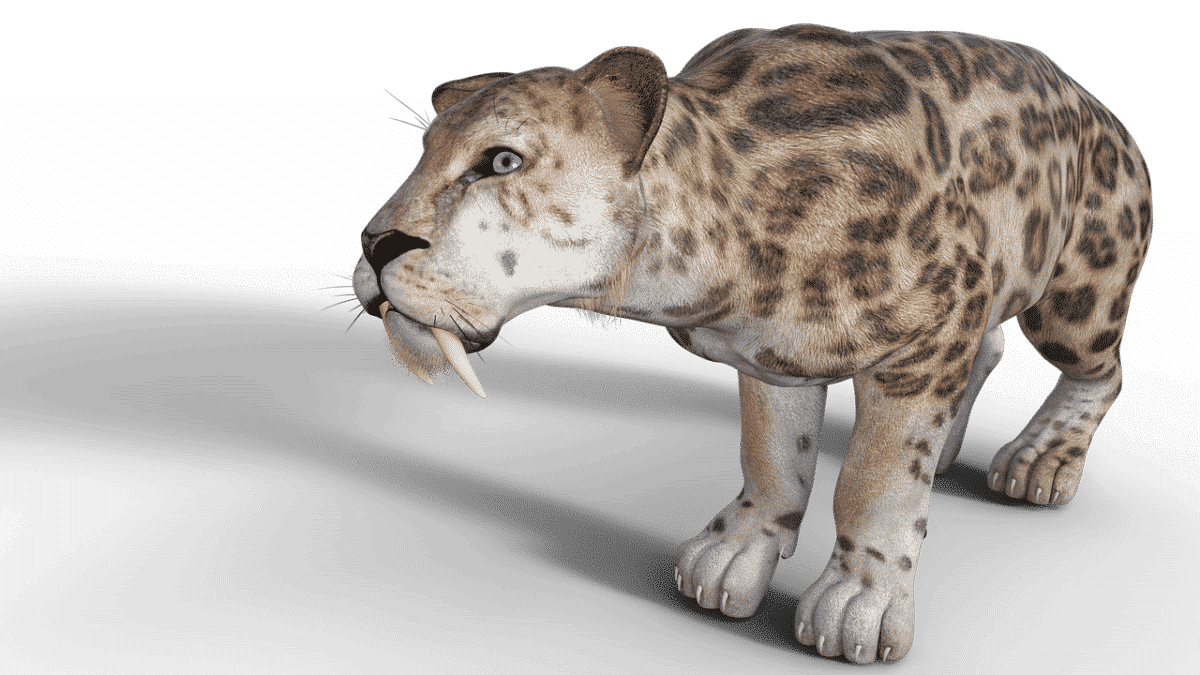
Key Points
| Saber-toothed animals are a group of prehistoric creatures distinguished by their long, curved teeth, known as sabers. These teeth were specially adapted for hunting and are found in a variety of species, including mammals, reptiles, and fish. |
| The Smilodon populator inhabited various environments, from grasslands to forests to hot and deserts. |
| Smilodon populator had a muscular build, with short, sturdy legs that allowed it to pursue prey for extended periods. Its broad chest and powerful forelimbs were ideal for grappling with prey and bringing them down. |
| Scientists have learned about the Smilodon populator through fossil evidence, which has provided invaluable insights into the creature’s physical and behavioral characteristics. |
| The legacy of the largest saber-toothed tiger is a testament to nature’s remarkable power and resilience. It reminds us of the fascinating creatures that once graced our planet. |
Want to jump ahead? Click below
Brief Overview Of Saber-Toothed Animals
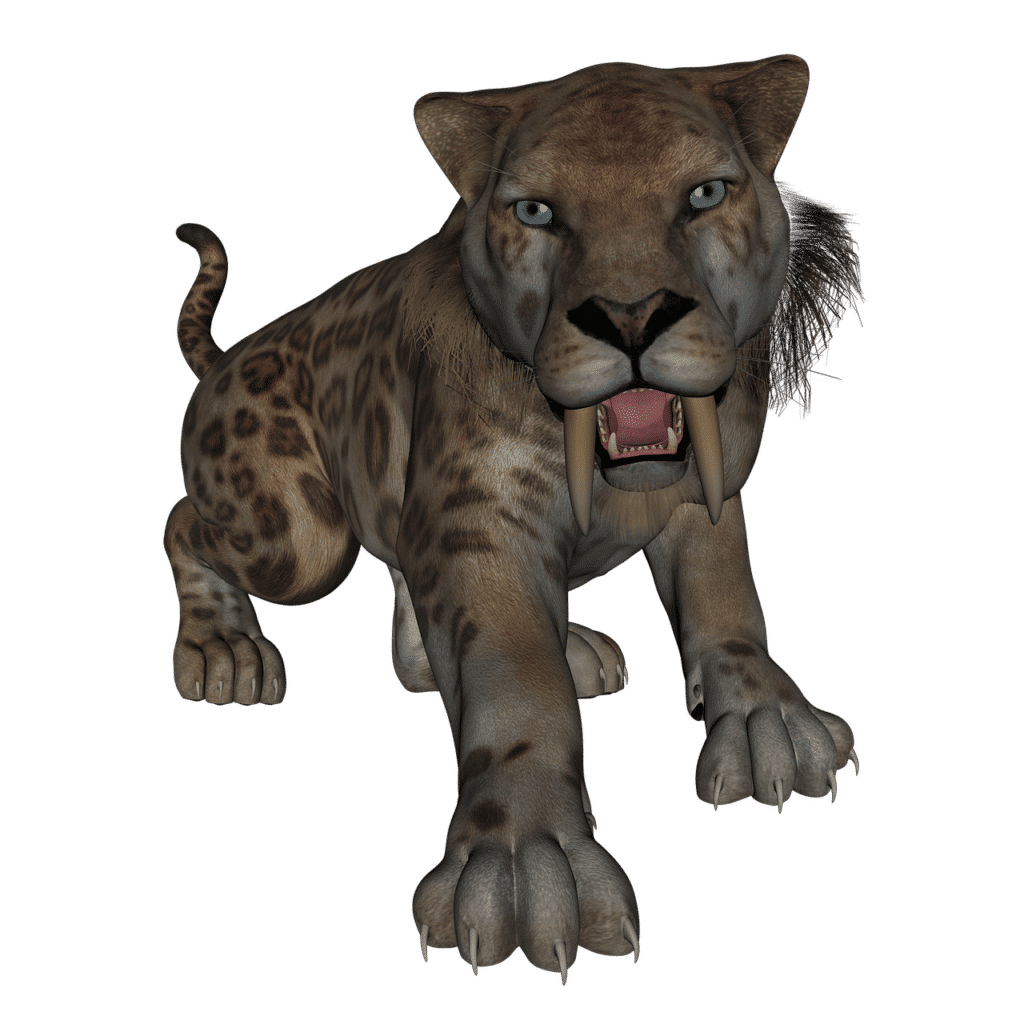
Saber-toothed animals are a group of prehistoric creatures distinguished by their long, curved teeth, known as sabers. Their teeth were specially adapted for hunting and are found in a variety of species, including mammals, reptiles, and fish. Some of the most well-known saber-toothed animals include the Smilodon populator, the Machairodus, and the Homotherium.
The most notable characteristic of saber-toothed animals is their long, curved teeth. These teeth, which could reach up to 11 inches in length, were used for hunting and could inflict devastating injuries on prey. Another important feature of saber-toothed animals is their powerful jaws, adapted for biting and holding onto struggling prey. In addition, many saber-toothed animals had muscular bodies with strong legs and flexible spines, which allowed them to move quickly and effectively in pursuit of prey.
These creatures lived in various environments, from grassy plains to dense forests. They hunted various prey, including mammoths, bison, deer, and other saber-toothed animals. Even though saber-toothed animals were big and looked scary, they had many problems that caused them to disappear. The weather changed, they had to fight other animals for food, and new predators came around. All these factors together contributed to their extinction.
The Magnificent Smilodon Populator: The Largest Saber-Toothed Creature
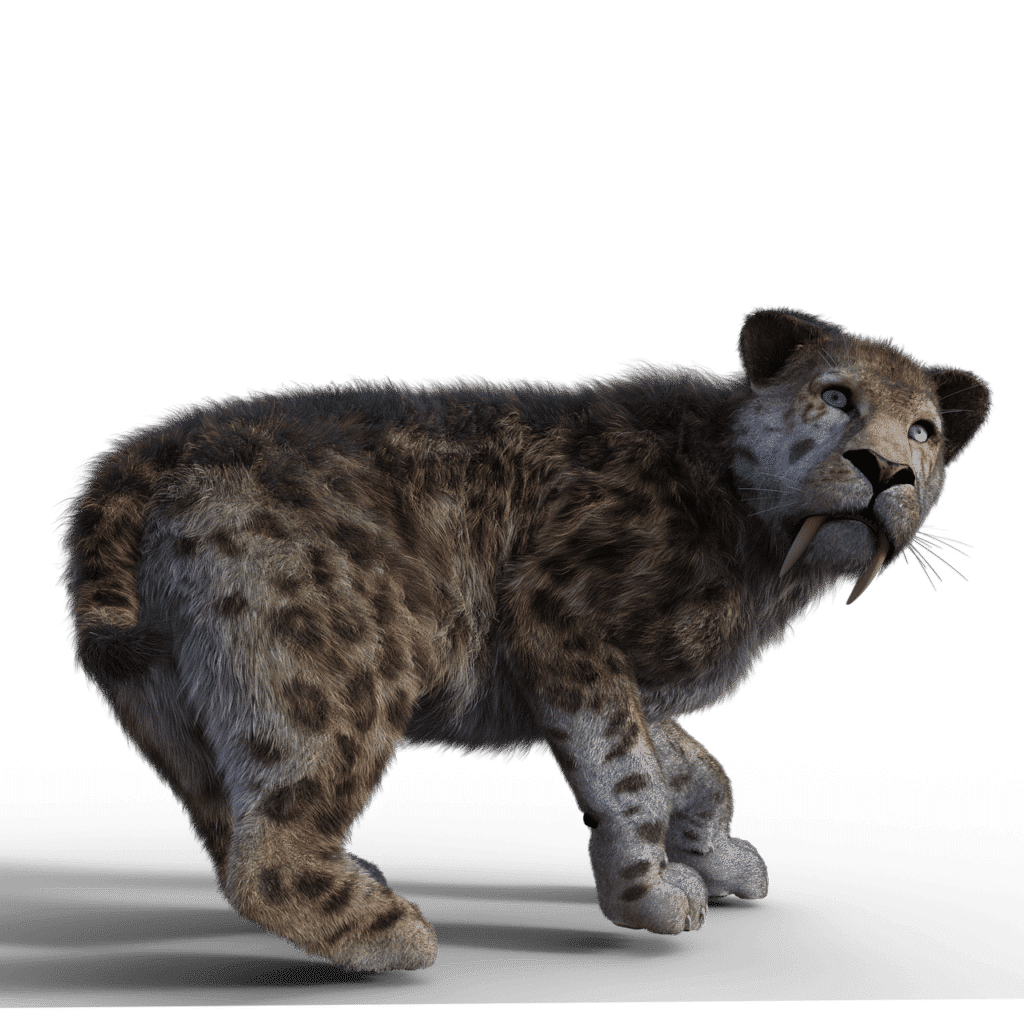
The Smilodon populator stands out as the largest saber-toothed creature ever to walk the face of the earth. This incredible predator roamed the earth during the Pleistocene epoch, approximately 2.5 million to 10,000 years ago, and quickly became one of the most feared predators of its time, thanks to its impressive size and unique hunting skills.
Physical Characteristics: Size And Weight
The largest saber-toothed tiger, the Smilodon populator, was a massive animal that stood up to four feet tall at the shoulder and had a body length of up to ten feet. Adult males could weigh up to 1000 pounds, making them larger than modern-day tigers and lions.
In addition, the Smilodon populator had a muscular build, with short, sturdy legs that allowed it to pursue prey for extended periods. Its broad chest and powerful forelimbs were ideal for grappling with prey and bringing them down. Moreover, the most distinctive characteristic of the Smilodon populator was its long, curved canine teeth that could grow up to seven inches long. These razor-sharp teeth were ideal for piercing the necks of large herbivores, such as mammoths and bison, delivering a death blow to their prey.
Behaviors And Hunting Skills
Although the Smilodon populator was a fierce predator, it was not built for speed. Instead, the beast relied on its immense strength and unique hunting skills to take down prey. The Smilodon populator was known for using its massive muscles to wrestle prey to the ground and hold them in place with its powerful jaws. Once its prey was immobilized, the Smilodon populator would use its razor-sharp teeth to deliver a lethal bite to the neck or head, effectively ending the hunt.
Environmental Habits
The Smilodon populator inhabited various environments, from grasslands and forests to hot and dry deserts. Based on fossil evidence, this creature was found throughout North and South America during the Pleistocene epoch when the region was filled with large herbivores such as mammoths and bison, which the Smilodon populator preyed upon.
Importance Of The Smilodon Populator
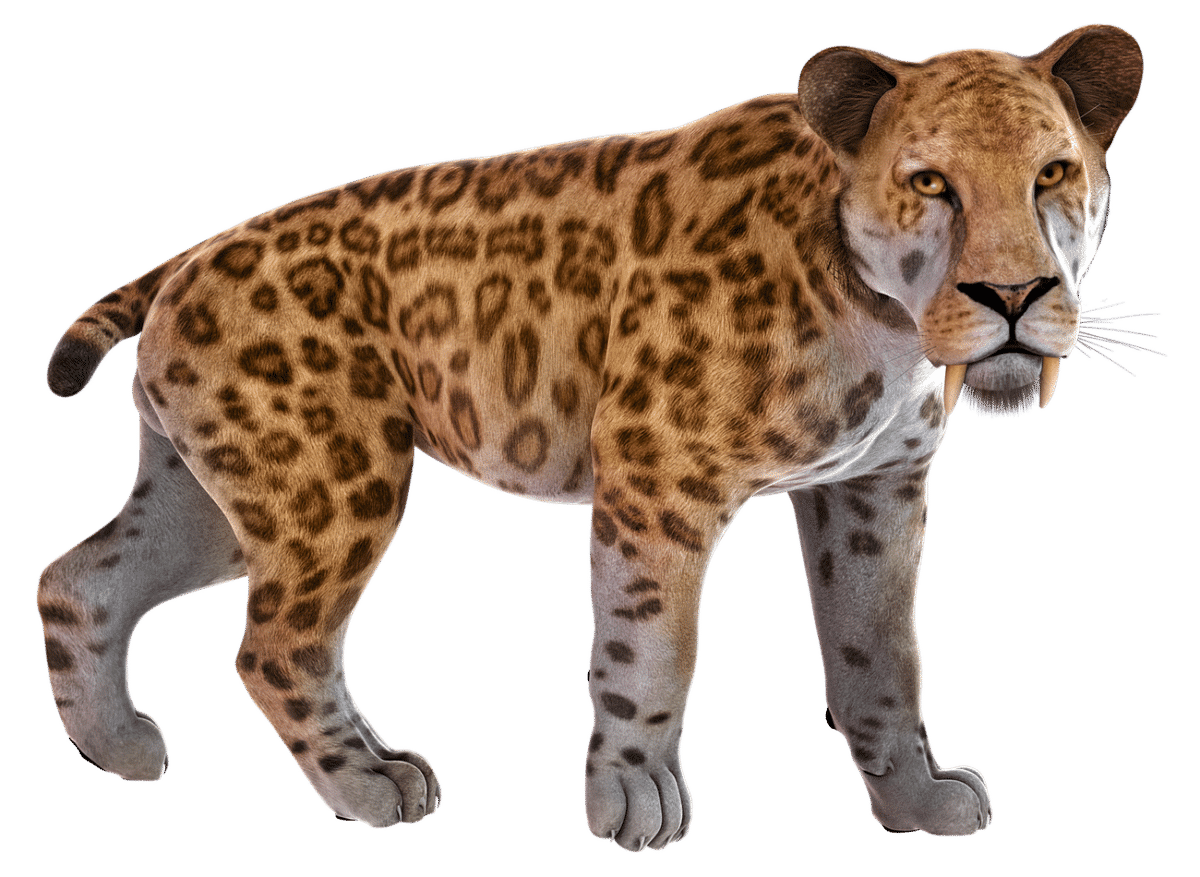
The Smilodon populator, also known as the largest saber-toothed tiger, is undoubtedly one of the most fascinating prehistoric predators that ever roamed the planet Earth. This powerful creature played a significant role in shaping the ecology of its time, and its unique hunting abilities have significantly influenced the development of modern-day predators.
- Ecological Significance
The Smilodon populator flourished during the Pleistocene epoch, marked by significant climate changes and varying ecological landscapes. Despite these changes, the Smilodon populator thrived and played an essential role in the ecosystem it inhabited. As a predator, the Smilodon populator controlled the population of herbivorous animals by hunting them down, thus preventing overgrazing and promoting biodiversity.
Additionally, the Smilodon populator was an apex predator at the top of the food chain. As such, it regulated the behavior of other predators in its ecosystem, creating a balance that allowed for a stable and healthy ecosystem. Furthermore, the Smilodon populator served as prey for other carnivores, allowing for energy transfer throughout the ecosystem.
- Insights From Fossil Evidence
Scientists have learned about the Smilodon populator through fossil evidence, which has provided invaluable insights into the creature’s physical and behavioral characteristics. From analyzing its fossils, scientists have determined that the Smilodon populator was a powerful predator with muscular limbs, sharp claws, and a flexible spine that allowed it to pounce on its prey precisely.
Moreover, the Smilodon populator’s long, razor-sharp canine teeth were a vital tool in its unique hunting strategy. By using its massive jaw muscles to bite down on its prey’s neck, the Smilodon populator could deliver a fatal blow, successfully taking down its prey.
Learn more about How Saber-tooth Cats Work.
FAQs
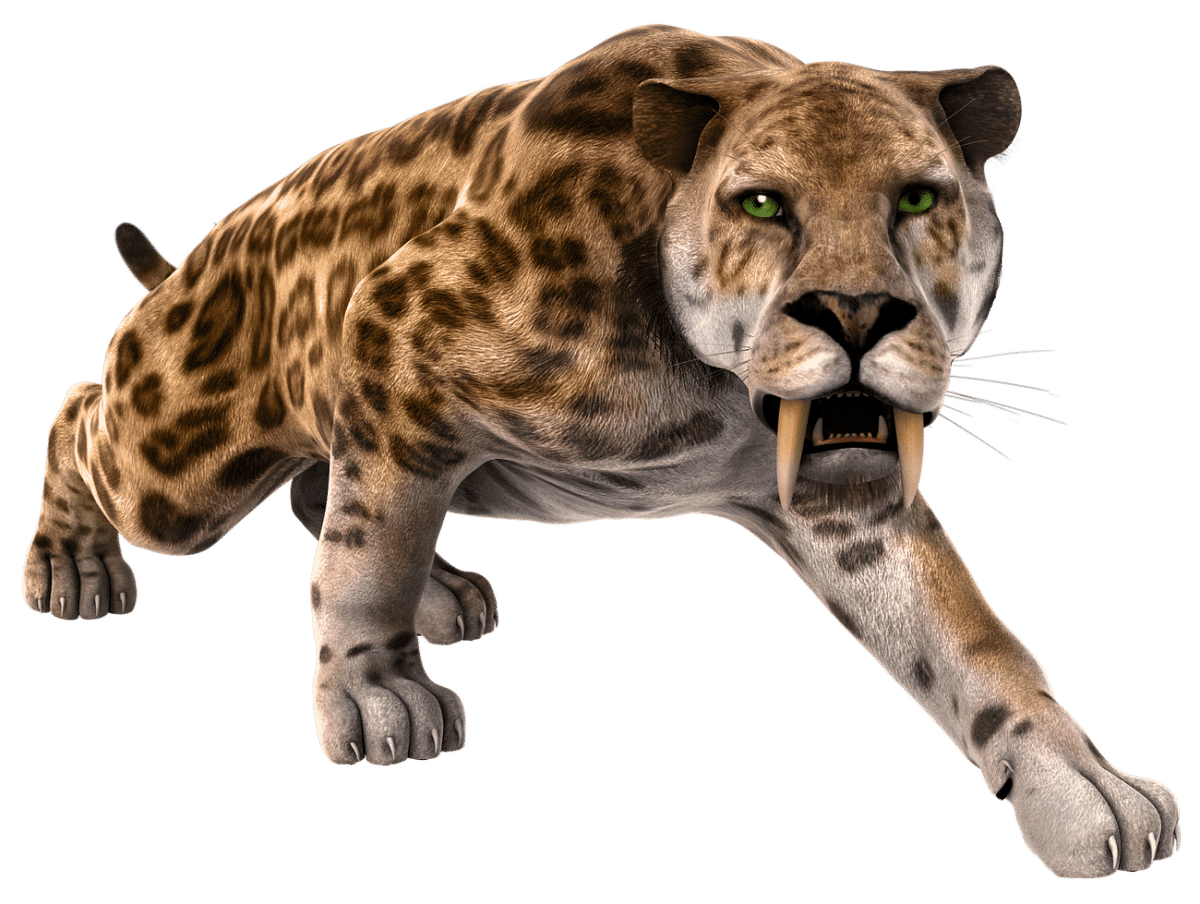
- What Was The Largest Saber-Toothed Tiger Species?
The largest saber-toothed tiger was Smilodon populator, which weighed an estimated 1,100 pounds and stood nearly 4 feet tall at the shoulders.
- When Did The Largest Saber-Toothed Tiger Species Live?
During the Pleistocene epoch, the Smilodon populator lived between 2.5 million and 10,000 years ago. They roamed across North and South America, along with other prehistoric carnivores.
- How Did The Largest Saber-Toothed Tiger Species Hunt?
Smilodon populators likely used its long saber teeth for hunting large prey such as bison and mammoths. However, unlike its smaller relatives, it had a more robust build, indicating it may have relied more on strength and intimidation to take down its prey.
Wrapping Up with the Largest Saber-Toothed Tiger
The largest saber-toothed tiger was a formidable predator that awed many other species during the Pleistocene epoch. Its size, strength, and unique hunting abilities made it one of the most successful predators of its time. However, this creature eventually went extinct approximately 10,000 years ago. Therefore marking the end of a remarkable era in our planet’s history.
Today, we can only look back on the remnants of this incredible species preserved in fossils to appreciate its existence. The legacy of the largest saber-toothed tiger is a testament to nature’s remarkable power and resilience. It reminds us of the fascinating creatures that once graced our planet.
Next up:
- Dive Into The Enigmatic World Of The Largest Sperm Whale
- Discover the Largest Whale Shark
- Explore The Largest Subspecies Of Tiger
Join our Forum for free today!

- Kind Elephant Merciful To Lion Cubs - July 22, 2024
- Beachgoers Save Massive Shark Stranded In Florida - July 22, 2024
- Pit Bull Rescued From Being Chained Its Whole Life Gets A Surprise - July 21, 2024

